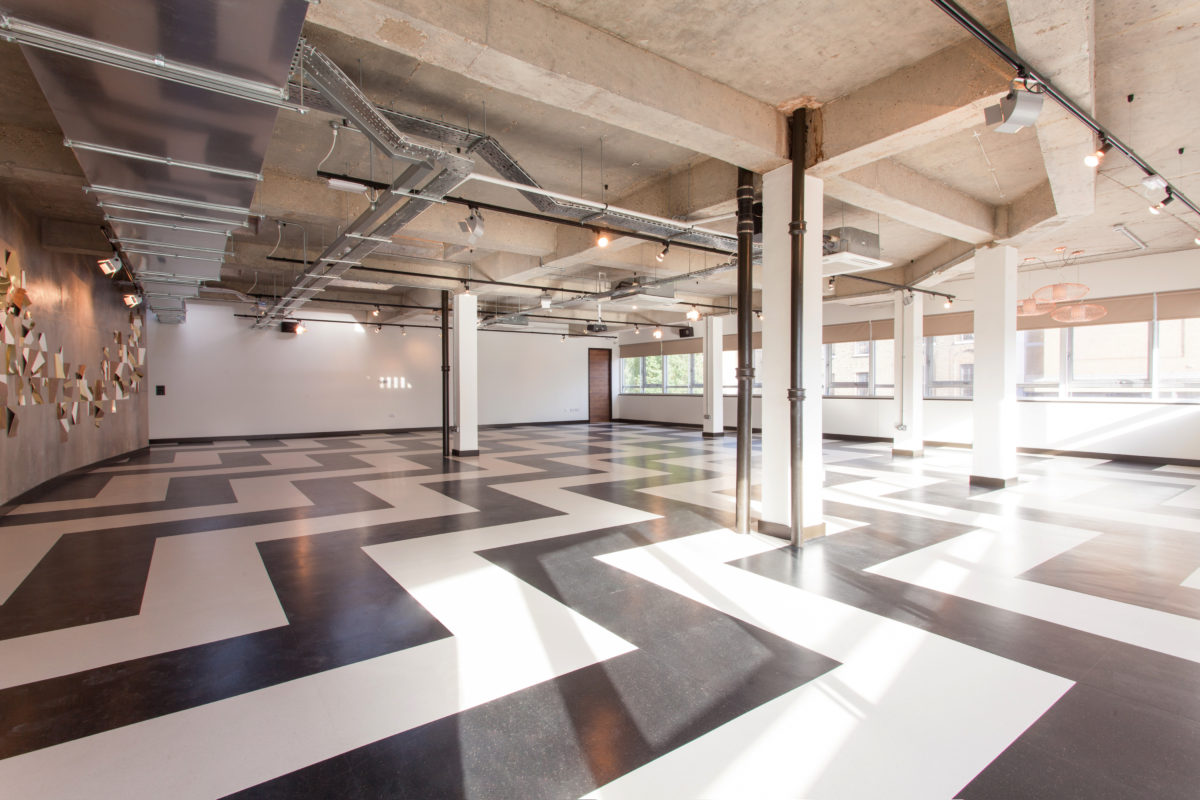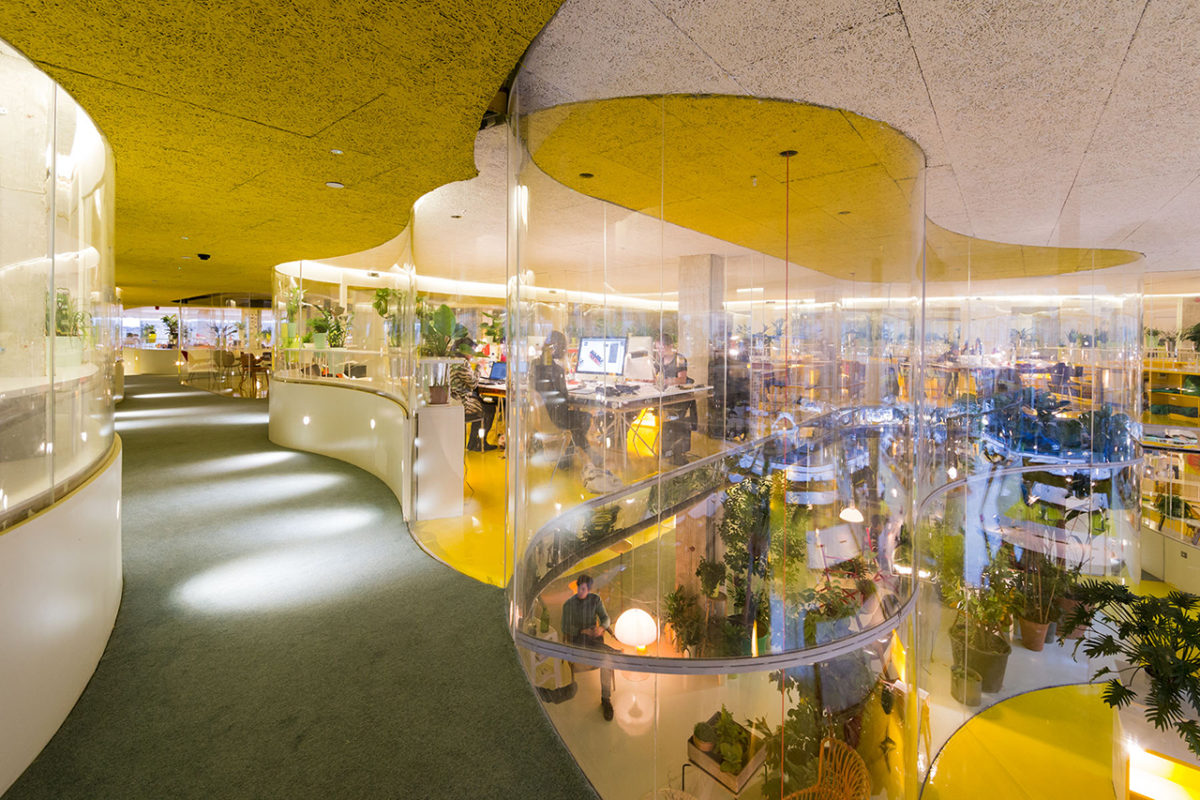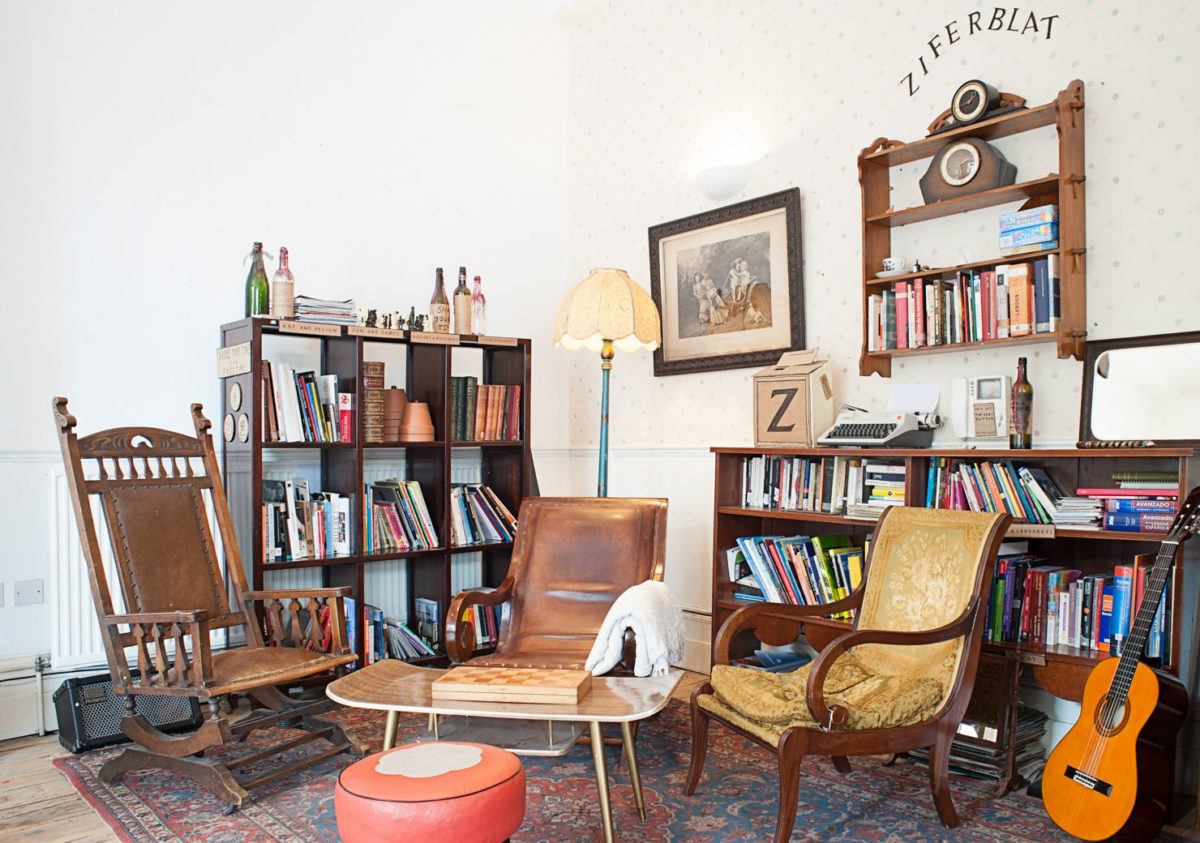The Evolution Of Internet Workspaces: Internet Cafes To Co-Working
By Something CuratedThere was a time, at the turn of the millennium, when you couldn’t go far in the city before sighting an internet cafe. Having established themselves as crucial centres of social and professional activity, with niche hubs launching for users spanning businesspeople to ardent gamers, these setups were a critical part of the high-street’s landscape. Ranging from Covent Garden’s atmospherically lit Nutopia, complete with fish tanks, to the more homey arrangements peppered along North London’s Green Lanes, the diverse clientele quickly became an ideal target for marketers. Among the most visible symbols of the dotcom boom, the internet cafe’s future looked assured for a time. Unsurprisingly though, the phenomenon was short-lived, as more people gained access to the internet through PCs, mobile phones and televisions, rendering these click-and-mortar services largely redundant.

Though it was largely developments in technology that decided the fate of the internet cafe, oversaturation of the market as well as a lack of understanding of the user certainly contributed to the collapse. In the same way that the insurgence of internet cafes was a direct response to the web boom, co-working spaces are a reaction to the abundant culture of tech and creative start-ups, as well as a lack of space in the city. With this in mind, there is a question as to the longevity of co-working. Is co-working a bubble, intrinsically linked to the boom in technology start-ups, or is it a long-term trend in changing patterns of work, with consequences for businesses small and large?
With organisations like The Trampery and Second Home being early movers, countless co-working spaces have launched across the city in recent years. Comprising a varied membership, including start-ups, freelancers, small businesses and remote workers, co-working offers a communal model, with flexible short-term rates. The term was first used in 2005 to describe a relatively small office community called The Hat Factory in San Francisco. Co-working’s remarkable growth in London was notably influenced by Google’s Campus London, launched in 2012 as part of the government backed Tech City initiative. With origins in the tech sector, it is to be expected that as much as half of co-working space in the capital is dedicated to tech and digital services. Signing a long-term lease on an office as a young and aspiring business is likely to be an unwise choice. Not only could it hinder your growth, but the pressure to pay rent can limit an entrepreneur’s ability to reap early returns or change direction.

While undeniably compelling, the economic case is rarely the principal appeal of co-working. Rather, its members see substantial value in the strength of a community that fosters productivity. As a start-up or freelancer, co-working offices are able to provide easy access to colleagues with whom to share the journey, seek guidance and discuss ideas. This is undoubtedly a vast improvement from the isolation of operating from a home office or local coffee shop. For many members the community is a source of collaboration and innovation. Many facilitators, like Second Home, curate regular events to entertain and educate members, and nurture a valuable social network that justifies and sustains above-market membership fees.
In 2013, Russian author-turned-entrepreneur Ivan Mitin’s launched Ziferblat, a pay-as-you-go collective workspace in Shoreditch. The concept sits somewhere between existing co-working platforms and an internet cafe. The idea behind Ziferblat is that customers pay for their time rather than their tea. In exchange everything else, from unlimited coffee and snacks to Wi-Fi, is included in the price. The model means that customers pay 5p per minute to spend time at the cafe – a modest rate in comparison to most co-working spaces in the capital. Ziferblat’s pay-as-you-go approach is just one element of Mitin’s overall vision to create “free spaces” that foster conversation and creativity among strangers. Mitin’s arrangements, which blur the line between an amenitised, flexible workspace and a coffee shop, do away with the usual hierarchy between client and customer, meaning that patrons can create their own work culture. Topical films are shown in the space, alongside lectures, musical performances and poetry readings, which are regularly hosted.

The flexible workspace sector has come up against some trouble with terminology. There are clear differences between a co-working space and a shared, serviced or managed office. As the industry settles into the mainstream, the wider business community is catching on to the vast variety of flexible workspaces available. Indeed what was once a niche industry has blossomed into a fast-paced sector. As rapidly as the industry develops, buzzwords and catchy media-friendly phrases infuse SEO strategies and advertising campaigns. Co-working evangelists would argue that it’s not just a shared office; it offers a sense of community, an entrepreneurial atmosphere, a sharing of knowledge, and an opportunity to learn from those around you. Yet many workspace operators are jumping on the co-working bandwagon, using the buzzword to sell spaces that do not necessarily fit the bill.
Though the sphere feels oversaturated in recent times, with over commercialisation and misappropriation of terms diluting the effectuality of the idea, new and interesting concepts are still arising. Forged on an ethos of building a like-minded community of creative talent, Soho Works, housed in east London’s Tea Building, sees the brand catering to the needs of individuals and small businesses. It’s the first in what will be a series of co-working spaces that will see Los Angeles, Istanbul and New York added in the coming year. Adding more value than your typical hot-desk office environment, the setup offers a workshop that incorporates 3D-printing and arts materials, along with a photography studio, library, and state-of-the-art conferencing facilities.
Set to open next year, NeueHouse Covent Garden, the first in London, will occupy the impressive Adelphi Building overlooking the River Thames. Including a private restaurant, broadcasting studio, performance and events spaces and even a florist, the project marks a new kind of gentrified co-working model, with a distinct emphasis on elegance and luxury amenities. Co-working was born from a need for innovation, and, inevitably, the industry will need to continue to modernise and adapt to grow and sustain itself. As new workspace providers endeavour to find fresh niches in the market, it is clear that a shrewd understanding of the target user is critical to long-term success.
Bibliography:
Charlotte Goddard, Internet Cafes Are The Estate Agents Of The New Millennium, Campaign, 2000
Jamie Mitchell, The Rise and Rise of Co-Working, Design Research Studio, 2016
Asya Zakharyeva, Slow Time: Russia’s Pay-Per-Minute Internet Cafe Concept Comes To London, The Calvert Journal, 2013
Jo Disney, Be Honest: Is It Really a Coworking Space, Or a Shared Office?, AllWork.Space, 2014
Featured image: Soho Works Shoreditch (via Soho House)